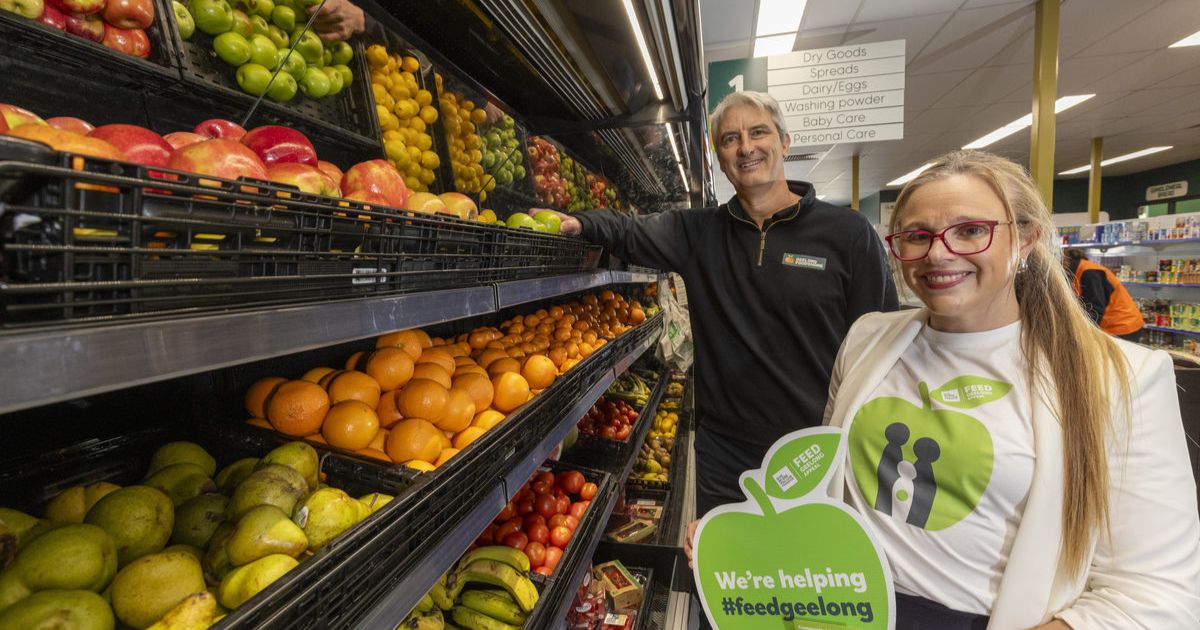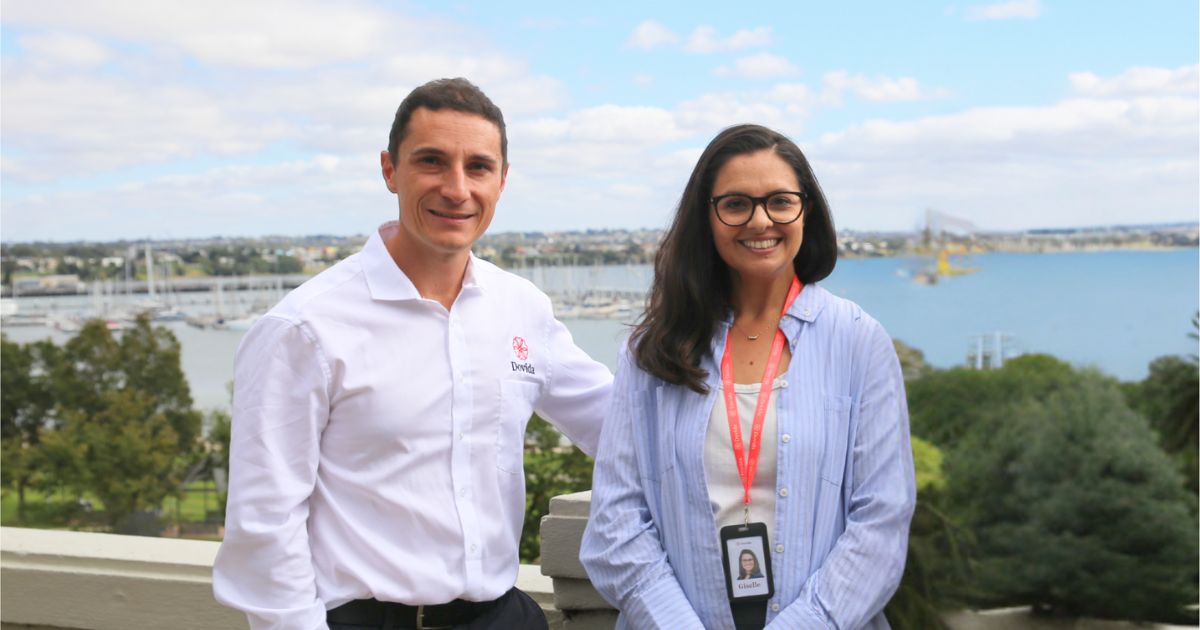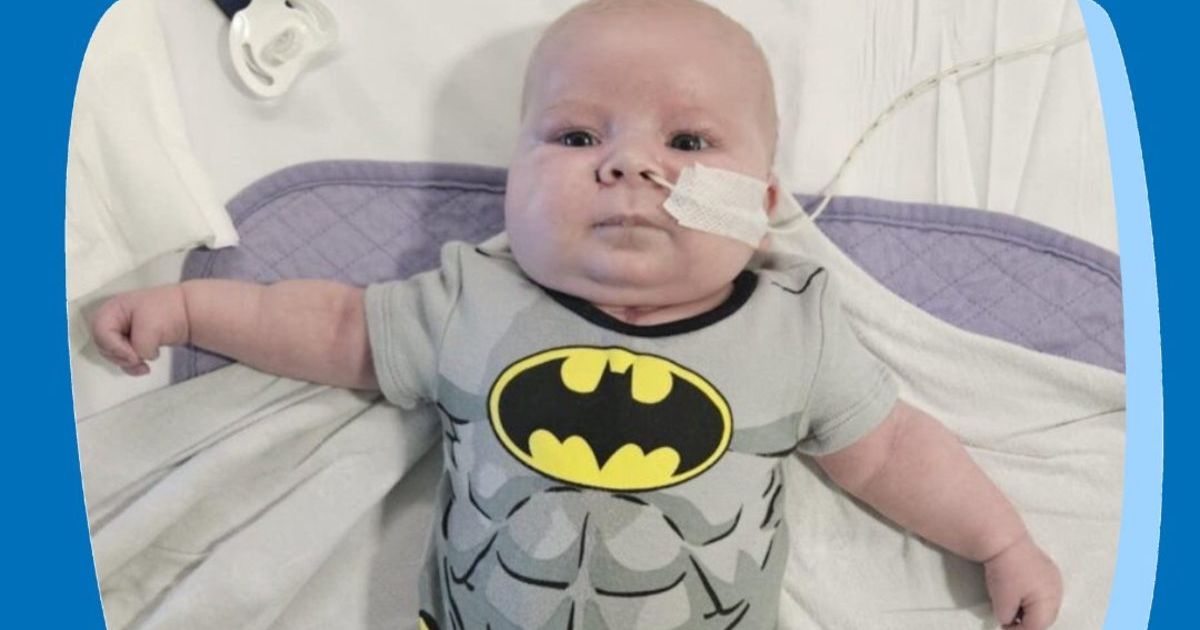LitterWatch to support clean-up efforts
BARWON Coast is supporting an initiative to improve data collection from the many hardworking groups cleaning up the state.
The Geelong region is home to many picturesque coastal and country areas which form distinctive landscapes and habitats for people, plants and animals.
Keeping these areas free of litter is important to everyone, and there are many active volunteer groups and organisations keeping our natural areas litter free and healthy.
Many residents volunteer their time to participate in clean-ups and citizen science projects which seek to understand the type and source of litter appearing along our coastline.
Bellarine Catchment Network’s Naomi Wells said despite the clean-up efforts of local volunteer groups and organisations, a lot of the valuable information they collected was lost.
“With multiple places to enter and store information about litter abundance and litter types, this valuable data is often hidden and doesn’t allow us to see the true picture.”
To help tackle this data issue, the state government has launched LitterWatch, a Victoria-wide litter database that allows any volunteer, group or organisation to capture their clean-up efforts in the one location.
The database is accessible to the public, volunteer groups and community organisations to capture litter data in a user friendly and centralised place.
The state government will use this data to help shape how we manage and deal with litter and assist in changing community behaviour.
“An additional benefit to the new LitterWatch portal is that it will ensure clean-up methods are consistent across surveys, and the litter data will be visible to the general public and registered user groups,” Ms Wells said.
“By transforming the way that Victorians capture data about litter, we will be able to work as a broad team to tackle the issue of litter in in our stunning landscapes and marine habitats.”
If you would like to contribute to this project, volunteer with the Caring For our Bays program; a local initiative aiming to understand the type and source of litter affecting our waterways. This month, the team at Caring for Our Bays are offering free training for volunteers wanting to learn how to use the LitterWatch portal.
“With the weather warming up, it’s a great time to come on board and learn how to use this exciting litter tracking tool to help protect our waterways,” Ms Wells said.
For more information on volunteering with Caring For Our Bays, please contact Bellarine Catchment Network at [email protected] or head to environmentbellarine.org.au.


















